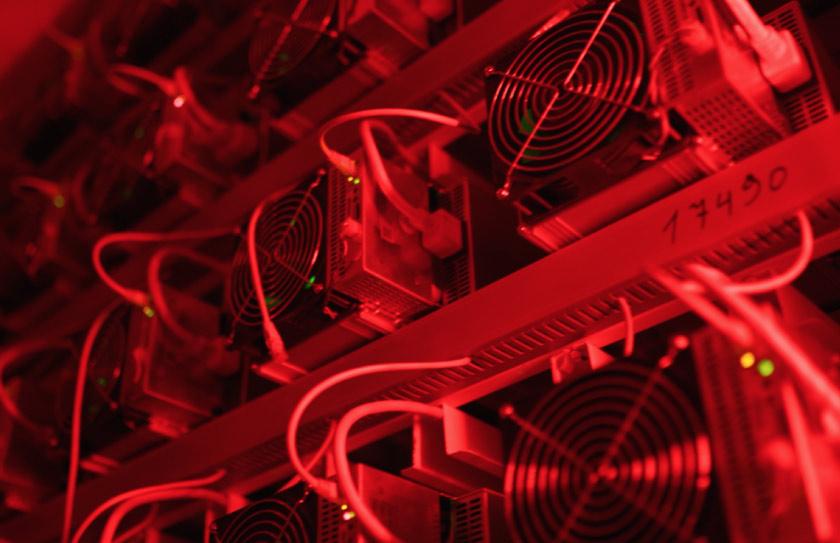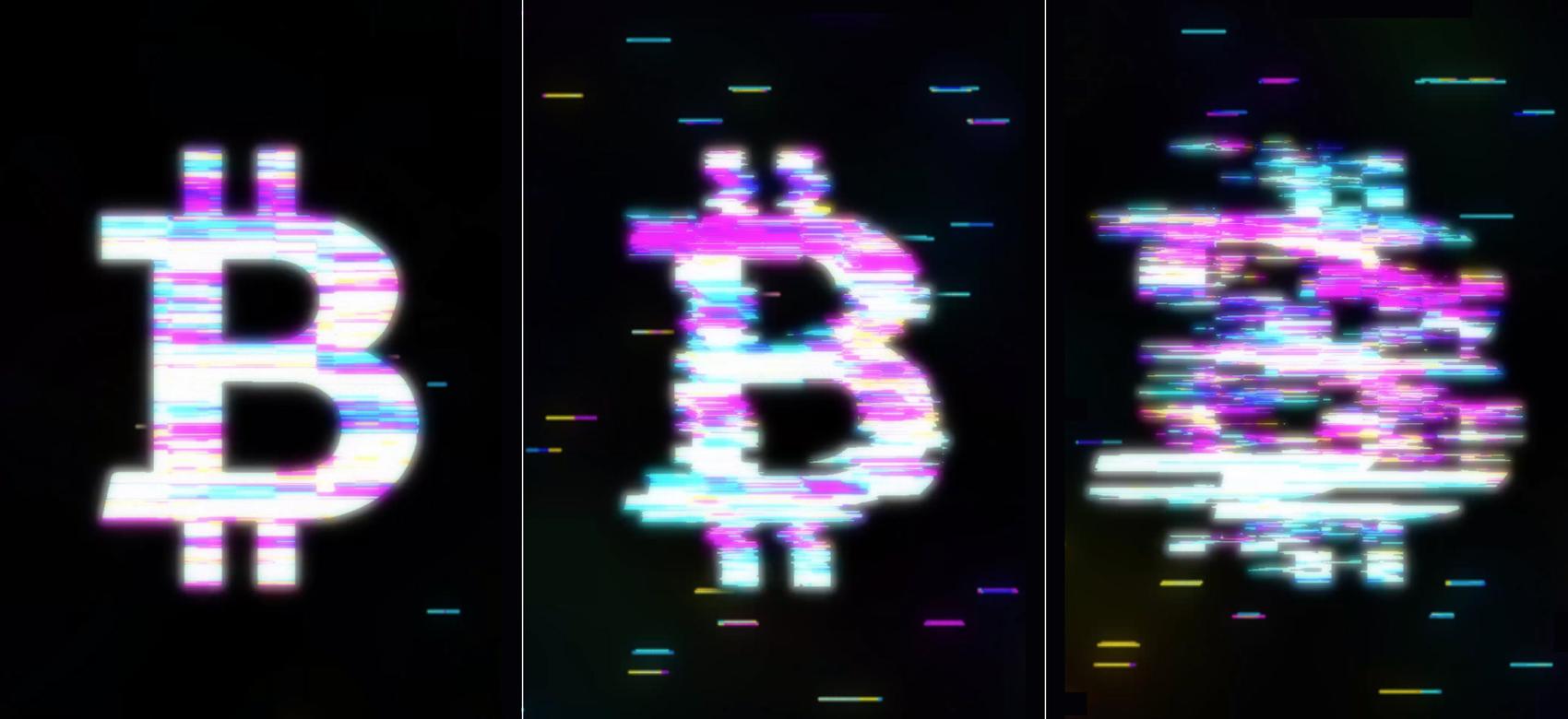What you might not know about cryptocurrencies
By Jessica Werb

Investing in Bitcoin and NFTs comes with financial risks—and environmental costs
Matt Damon is appearing in crypto-exchange commercials, Jimmy Fallon is gushing over “bored ape” NFTs and Gwyneth Paltrow is hosting Bitcoin giveaways. It’s official: crypto has hit the mainstream.
According to a recent survey by Ipsos, 14 percent of Canadians now own cryptocurrency—a dramatic rise since 2016, when only three percent did. But investing in crypto and truly understanding its inner workings are two different things. And, as Dr. Werner Antweiler, associate professor in the UBC Sauder School of Business, explains, what people don’t know could be hurting them—and the planet.
“It’s important to understand that while they’re described as cryptocurrencies, they’re not technically currencies,” he says. “Money is backed by the government and you can take it to the store. Bitcoin is only accepted by whoever wants to actually accept it. They’re an asset, and given the price volatility, they are a speculative asset.”
Simply put, despite what Matt Damon would have you believe, crypto is a high-risk investment—demonstrated starkly by the recent “crypto crash”, in which cryptocurrencies lost $1.3 trillion in market value between November and January.

The environmental costs of Bitcoin
Aside from its financial risks, crypto also comes with large environmental costs that may not be immediately apparent to the average investor. This is due to the energy-intensive way some cryptocurrencies, including Bitcoin, are managed and minted, or “mined”.
The issue is an energy-intensive mechanism, called Proof of Work (PoW), used to maintain a database of transactions. Every time an asset of Bitcoin trades hands, the transaction must be added to its blockchain database. And because there is no central authority managing this database, users in the Bitcoin network are incentivized to participate in validating transactions by, essentially, taking part in a lottery for new Bitoin. They compete to solve a mathematical puzzle; the winner adds the next block of network-verified transactions to the blockchain database—and receives a piece of the cryptocurrency.
A decade ago, you could mine a Bitcoin in seconds using a single computer. Today, because the system is designed to increase the difficulty of the mathematical puzzle as more miners join, minting a Bitcoin requires thousands of dollars’ worth of highly specialized machines and servers—and the equivalent of nine years’ worth of a typical household’s electricity.
Just how much energy is being sucked up by Bitcoin mining around the globe? According to Digiconomist’s Bitcoin Energy Consumption Index, its annualized electricity consumption of 204.50 Terawatt-hours equals Thailand’s, while its carbon footprint rivals Kuwait’s.
“It has proliferated to this point where Bitcoins have become environmental menace, simply because they are gobbling up so much electricity from unclean sources,” says Dr. Antweiler. “A lot of the electricity that’s being used to mine Bitcoin is coming from places where fossil fuels are used to generate electricity, including coal. Every Bitcoin transaction is basically putting a lot of carbon dioxide into the air.”
Is there a green crypto solution?
There are efforts in the crypto realm to find a less energy-intensive solution. One option gaining ground is Proof of Stake (PoS), in use by newer cryptocurrencies like Tezos and Cardano. In this system, owners of a cryptocurrency use their holdings as collateral, or stake them, in order to participate in validating blocks of transactions. Ethereum, the second-most popular cryptocurrency, is in the process of migrating from PoW to PoS, a move it says will reduce its energy use by more than 99 percent.
Proof of Stake “alleviates some of the overuse of electricity, certainly,” says Dr. Antweiler. “But it does have shortcomings. You have to have some assets to back up your voting rights, and that means you still need to manufacture computers and microchips and things to maintain the network.”

Are NFTs a safe buy?
Where do NFTs, or non-fungible tokens, come into play in all of this? These cryptographic tokens, attached to digital items such as artworks, are also recorded in blockchain databases. The preferred platform for NFT trading is the Ethereum blockchain, which still runs on PoW. According to Digiconomist’s Ethereum Energy Consumption Index, the asset currently has an annualized rate of energy consumption equal to the Netherlands, with a carbon footprint that matches Singapore’s.
So an NFT traded on the Ethereum blockchain—including one of the trendy “bored apes”—isn’t entirely guilt-free, at least until the blockchain completes its migration to PoS, scheduled for later this year. However, if you do happen to have an NFT in your collection, there’s no need to panic. “With an NFT, you basically only need verification when it changes hands, so the volume of transactions for non-fungible tokens is minimal,” says Dr. Antweiler.
That said, he urges caution and remains skeptical about crypto investments in general. “Anyone and their friend can create a digital asset if they have the technical expertise to set it up. You can create one, I can create one. But which asset will be the one that people will accept? Will it be Ethereum? Will people lose interest in Bitcoin when the processing becomes too expensive?
Will it collapse? All these questions mean that decentralized digital asset networks have a highly uncertain future.”
If there is to be a future for crypto, Dr. Antweiler maintains, it “lies in a central-bank backed digital currency, a true digital currency, that will actually allow us to speed up transactions, and simplify and verify transactions.”
In the absence of such an asset, investors are best to follow the age-old Latin rule of caveat emptor: let the buyer beware.
Learn more about blockchain, cryptocurrencies and NFTs
Jessica Werb is a freelance writer for UBC Brand and Marketing. This article was published on February 23, 2022. Feel free to republish the text of this article, but please follow our guidelines for attribution and seek any necessary permissions before doing so. Please note that images are not included in this blanket licence.


